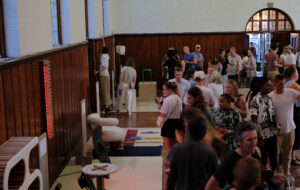A decision to explore local waste material streams led an Icelandic studio to some new design discoveries
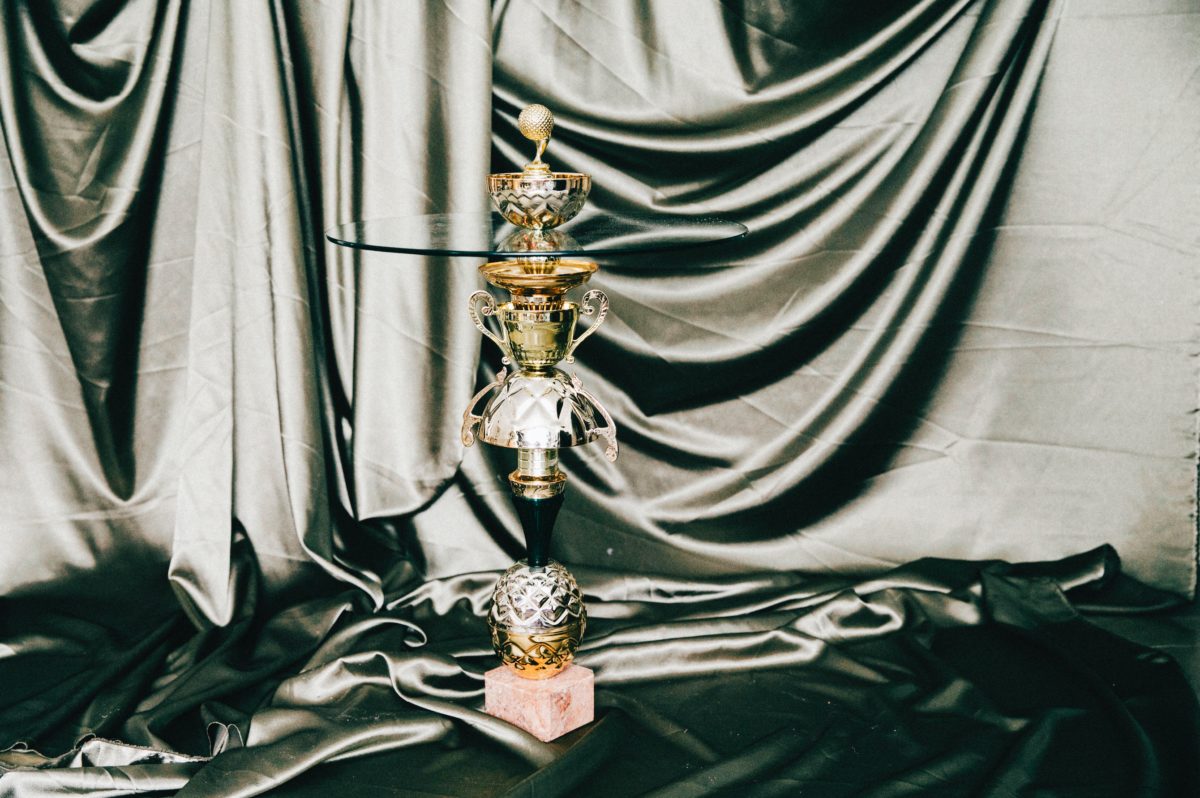 Photography by Saga Sigurðardóttir
Photography by Saga Sigurðardóttir
Words by Riya Patel
The genesis of Icelandic design studio Flétta was not a product, but a map. In 2014, founders Birta Rós Brynjólfsdóttir and Hrefna Sigurðardóttir set out to research where waste materials from local industries end up. They proposed that, instead of going to landfill, incineration or recycling, resources such as wood pallets, textiles and metal offcuts could form a catalogue of cheap materials for designers and makers to work with.
‘In Iceland we import almost everything and export it again for recycling. It’s important we make something out of waste here rather than dumping it somewhere else,’ says Sigurðardóttir. Insights from the project eventually led them to set up their own studio in 2018. ‘We started an experiment to provide creatives with materials, but we saw so much waste that we felt we just had to start utilising it ourselves.’
The pair, who met while studying product design at Iceland’s University of the Arts, have formed a rigorous approach to the type of project they want to undertake. Brynjólfsdóttir says: ‘We ask: “Is it better to take this material out of its stream? Or does it already have a good outcome?” There’s an abundance of textiles going to waste, for example. But we really try to pick out the ones that have no possibility other than shredding.’
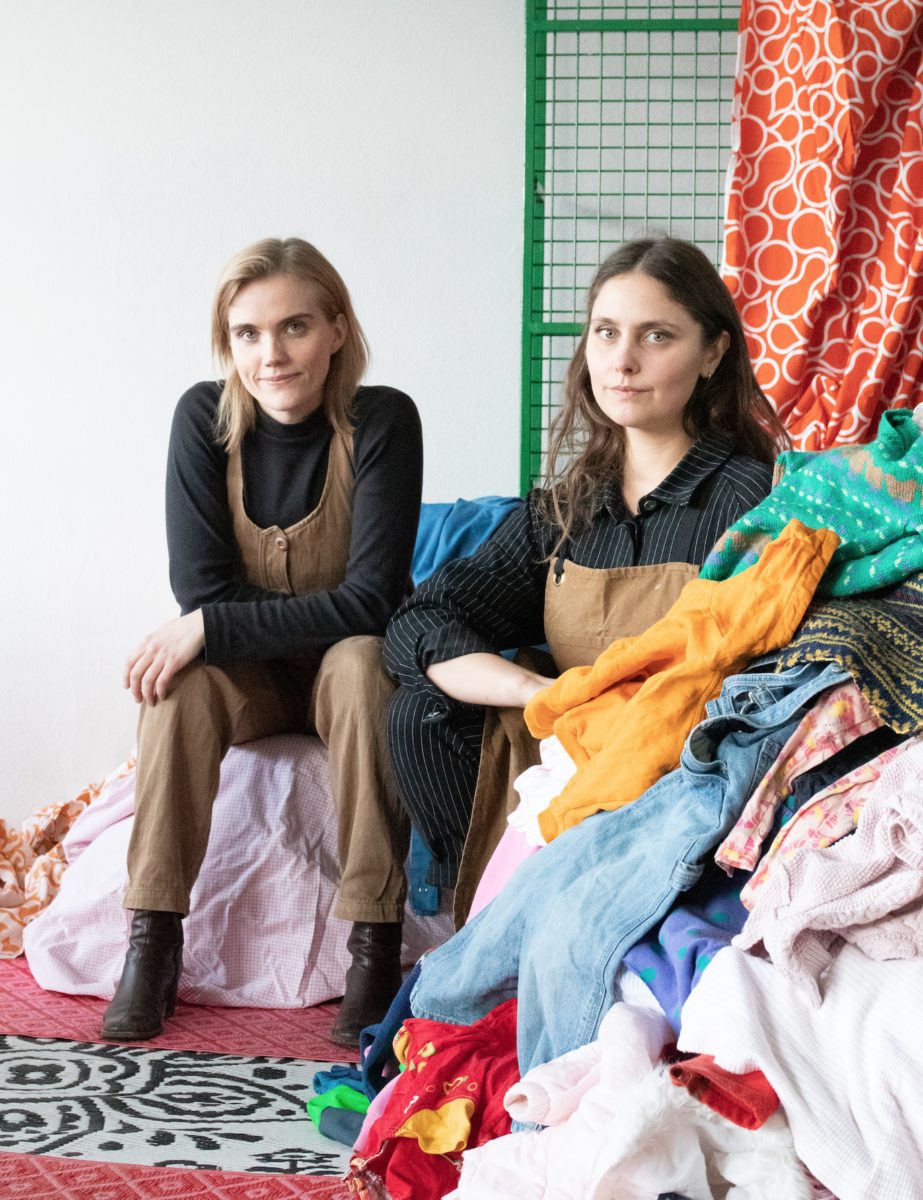 Photography by Sunna Ben
Photography by Sunna Ben
In textile work, the studio takes an individualised and handmade approach with unique results. In 2019, the designers made strips of denim from old damaged jeans collected by the Red Cross, turning them into a rug collection with fashion designer Steinunn Eyja Halldórsdóttir.
A year later, Flétta turned again to waste collected by the Red Cross that was deemed unfeasible to recycle or reuse; working on a limited-edition project for national craft platform Rammagerðin, the studio wrapped bundles of discarded children’s clothes into new spindly cat- like forms, as a reference to the folkloric character Jólakötturinn (the Icelandic Yule Cat).
While plenty of designers have applied inventiveness to the glut of textile waste, Flétta’s more thought-provoking works tackle objects in recognisable form. Sports trophies and airbags are not top of the list when it comes to items causing the global waste crisis, but they’ve both made interesting source material for the studio’s projects.
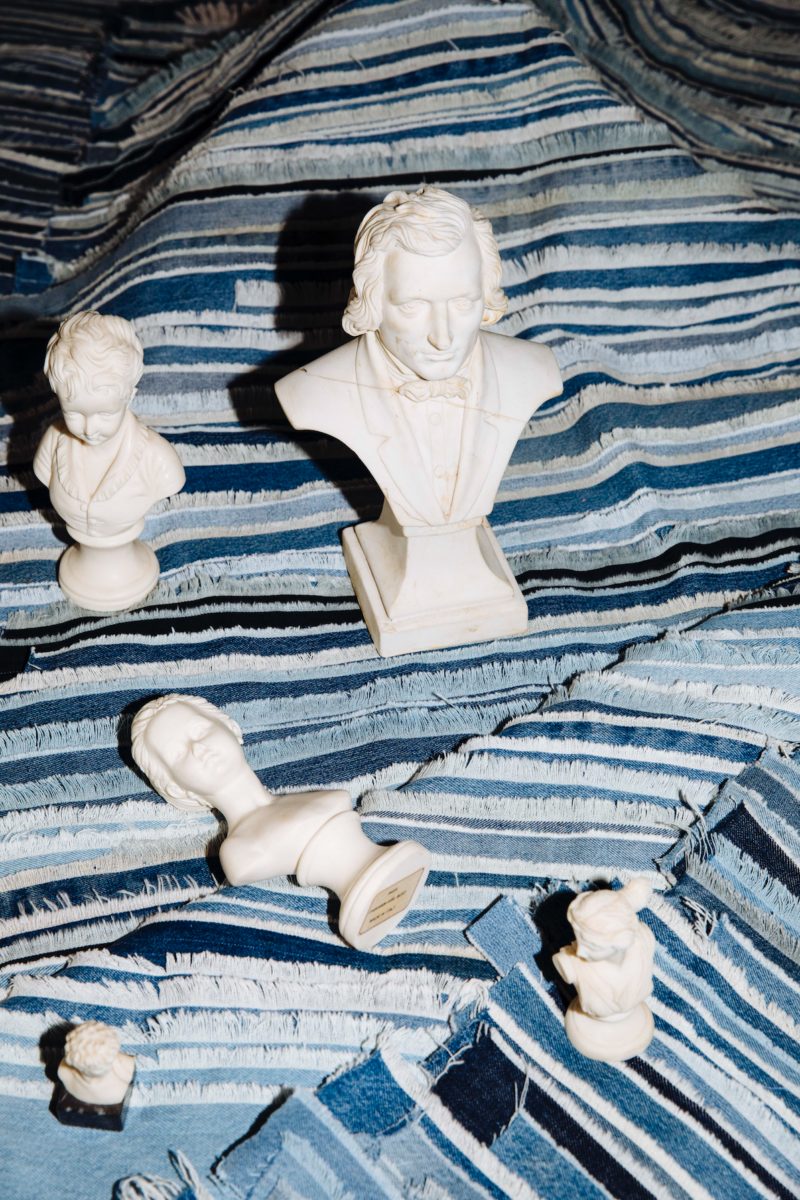 Photography by Saga Sigurðardóttir
Photography by Saga Sigurðardóttir
‘We’d see trophies in second-hand stores and wonder where they would eventually end up. They are made of a few different materials, and their composition is very complicated, so a regular consumer would never take the time to take them apart for recycling,’ says Brynjólfsdóttir. ‘We’ve tried to find a different path for them, making them more valuable by redesigning.’
Started in 2019, Trophy is a collection of furniture made from gaudy metal cups, marble plinths and sporting figurines. The unwanted prizes are taken apart and recomposed by hand into lighting products, pedestal tables and shelves. In their new functional context, the trophies appear trivial, leading us to think about what we truly value over time. The output of the ongoing collection is as diverse as its source material. As well as browsing charity shops for trophies, local sports clubs turn up at the studio door to donate bags of them that have never collected by their winners.
Last year, Reykjavik-based lifestyle brand FÓLK put the studio in touch with a dealer of used car parts. Researching its inventory, the pair found airbags to be a good candidate for transformation. They are unable to be reused for safety reasons, and are made of composite metal and plastic that makes them difficult to recycle. Flétta saw a use for them as large seat cushions, cleaning them up and transforming them into a product for FÓLK with minimal intervention.
 Photography by Sunna Ben for Rammagerðin
Photography by Sunna Ben for Rammagerðin
‘When we take an object that already was something, we like to leave most of the story behind,’ says Brynjólfsdóttir. By leaving visible traces of these products’ previous lives, the designers hope they serve object lessons for the consumer, asking them to be more critical about the products they accept.
For designers, they are a call to be more questioning of material choices and production methods. ‘It was a bit of a shock studying product design and realising decisions were made in the past that we have to live with,’ says Brynjólfsdóttir. ‘A lot of our projects are also stories about how we manufacture, where materials come from, what kind of things we use and how they are put together.’
Some brands invite designers to make collectible editions from their waste materials – as Hermès has done with its leather offcuts under the label Petith since 2010. But Flétta has elected to seek out less obvious streams of waste. Mineral wool insulation is the focus of its latest research, in collaboration with product designer Kristín Sigurðardóttir.
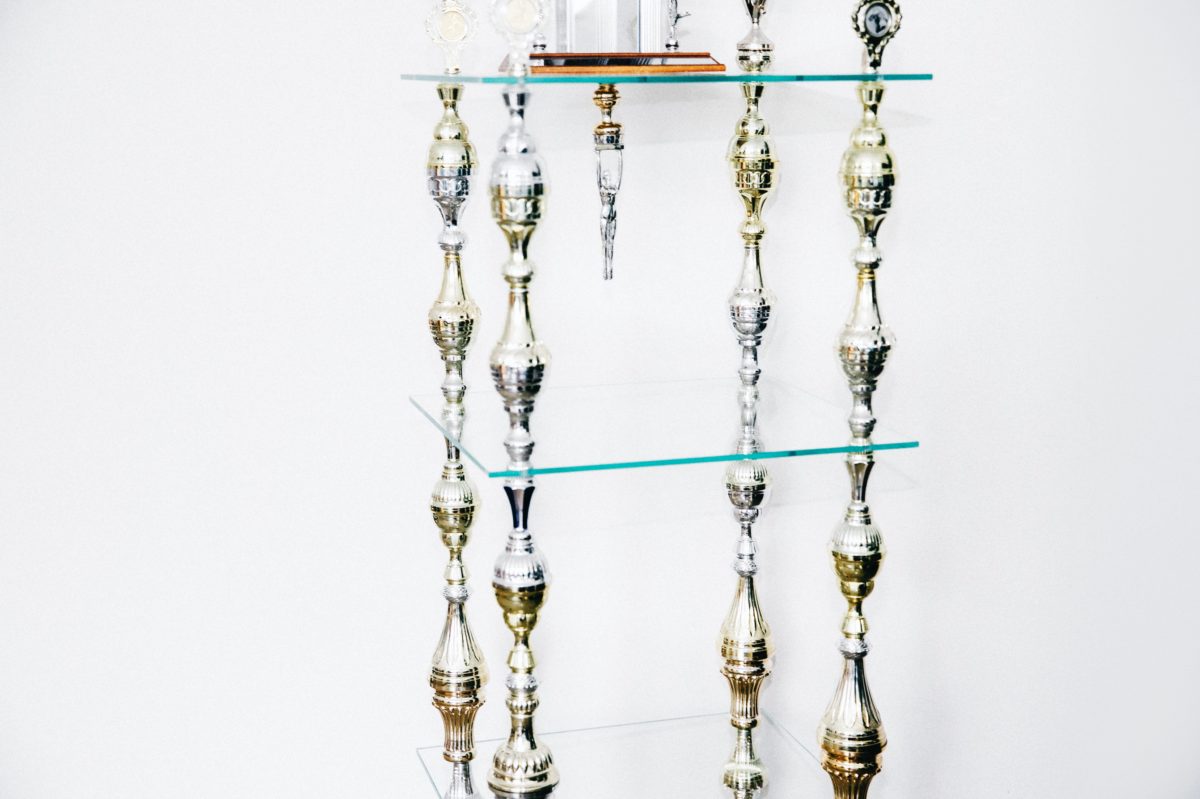 Photography by Saga Sigurðardóttir
Photography by Saga Sigurðardóttir
The building material, usually made from spun mineral fibres, often goes to waste after a building is demolished or refurbished. The designers have an idea to make a type of location-specific glass from it, working with Steinull, an insulation manufacturer that sources all its raw materials close to its factory.
Deriving your own materials has its challenges, but through its research and craft the studio sees an opportunity to radically reshape the product designer’s palette in a future with limited resources. While making limited-edition furniture and objects from waste won’t solve the crisis at large, the studio thinks its collaborative attitude to exploring waste streams and engaging with industry will inspire more designers to look beyond the usual materials.
There are creative advantages to working from unusual start points too. ‘It’s exciting to try and deal with today’s challenges. And to work with constraints,’ says Sigurðardóttir. ‘Our rules are: you have to fully utilise the material; you have to use something that already exists; and use as little energy or resources as possible. Then you have a frame to work within. And it’s a really nice way to shape a project.’
This article was originally featured in ICON 207: Spring 2022. Read a digital version of the issue for free here
Get a curated collection of design and architecture news in your inbox by signing up to our ICON Weekly newsletter






